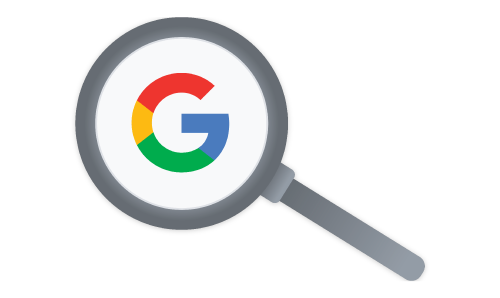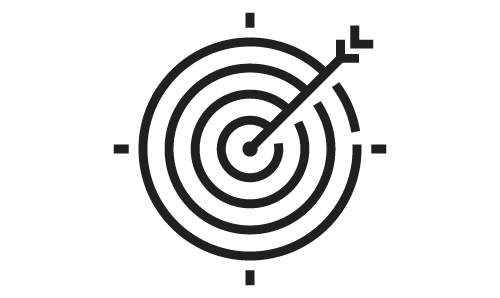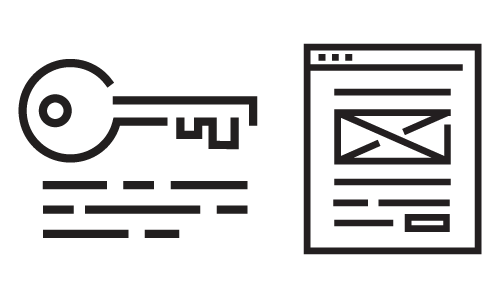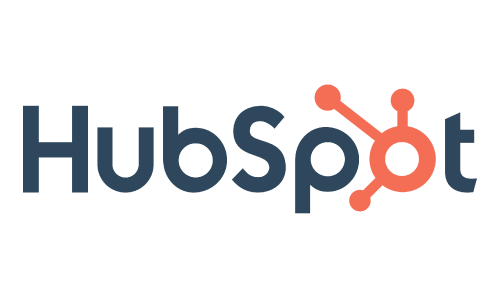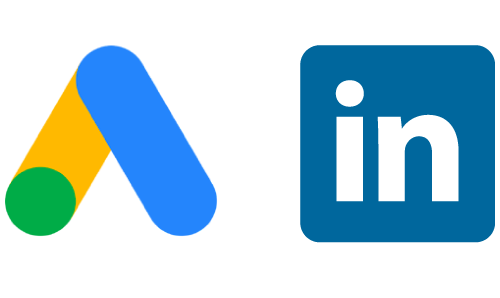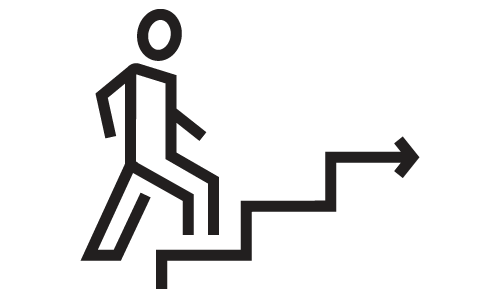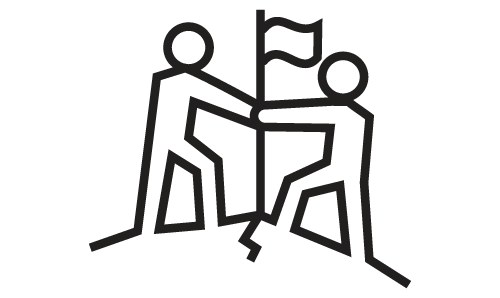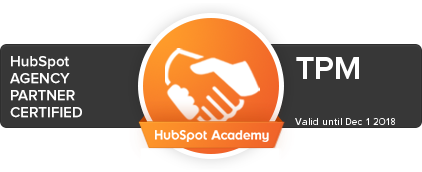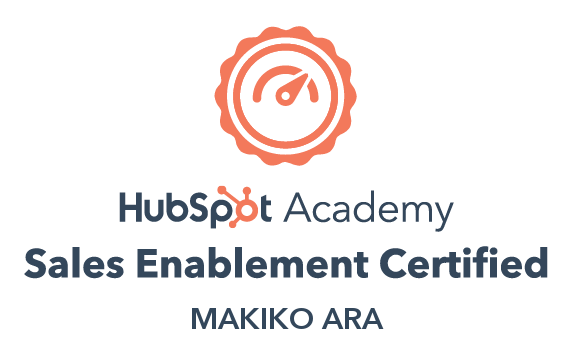B2B lead generation can be a rough gig. You’re continually bombarded with marketing tools and strategies — a trend only escalating as new AI marketing tools emerge. Every platform is working hard to convince you it’s the one you need to optimize the digital customer journey and turbo-charge your lead-gen game. But how do you know which one is actually right?
Each option has pros and cons, but the winning digital customer journey map is the one that uses the combined benefits of multiple tools to deliver real value to your audience. Now if only you knew what that looked like, right?
Sadly, there are no shortcuts here. You’ll have to dig deep before you can build digital customer engagement that helps your organization achieve its goals.
- Who are you targeting?
- Where are they on their journey toward a purchase?
- What do you have that can help move them along?
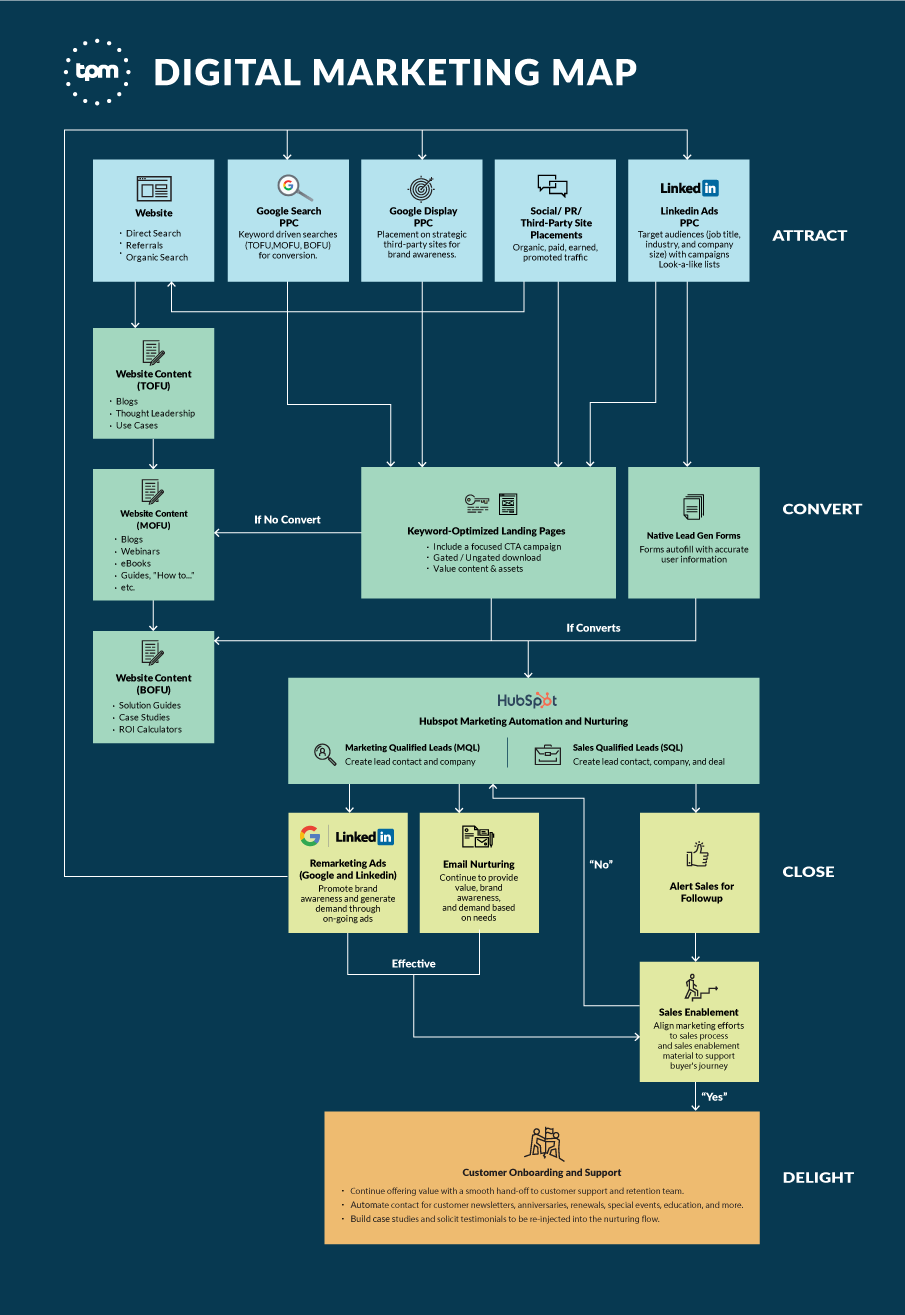
TPM’s Digital Customer Journey Map
We’ve built a marketing map to help inform and guide the development of your digital customer journey. Use it to follow along as we work through the various steps, or click on any box in the roadmap below to jump to that section.
From Stranger to Promoter: The Digital Customer Journey
The first step in digital customer journey mapping for the B2B buying process is understanding the buyer journey stages your audience will go through.
Strangers
You don’t know your audience, and they don’t know you. Developing buyer personas is vital at this stage of content mapping, as is creating content optimized for each of your services or solutions. This may include grouping audiences based on behaviours, needs, or roles and using this information to attract the right leads.
ATTRACT
Visitors
Visitors have found you somewhere online and are showing interest in solving a specific problem, although they may or may not know what solution they need. Your content should speak directly to buyer personas here. Will you solve their problem? Is your solution right for them? How can they learn more? Be sure to provide conversion opportunities here that point visitors to the next step in the B2B customer journey.
Leads
Once you’ve put a name (and email address) to your visitors, they are leads, and you can begin nurturing them. Their first few conversions may not make them a customer — be patient! Keep providing value and reiterating what your brand can offer them.
Customers
This is the penultimate stage in the digital customer journey — and possibly the most important. This individual or organization has put their faith in you to solve their problem with your product or service. Make sure to get this new stage of your relationship off to a smooth start with prompt onboarding and ongoing support to help establish a long-term relationship.
DELIGHT
Promoters
If your services or solutions are exceptional, you’ll reach the coveted fifth stage of the customer experience journey and convert your customers into promoters. Digital word-of-mouth marketing is often free — as your clients recommend you to others and highlight their trust in you and the value you’ve provided.
Attracting Your Audience
Getting the attention of your target audience is the critical first step on your digital customer journey map. The goal here is to make yourself visible with consistent, valuable content across all channels.
Website SEO
All that amazing content you worked so hard to build will be useless if your audience can’t find it. Make your website easy to find and navigate — the focus of your digital customer journey should be on visitors looking for solutions to their problems. The rising popularity of AI search has led some people to question the ongoing value of SEO, but the principles behind search engine optimization still stand, regardless of the platform people are using to find you.
Your website should:
- Be visually appealing
- Offer meaningful content that keeps readers engaged
-
Be accessible to both visitors and indexing bots
– It shouldn’t take more than three clicks to reach any content
– URL structure should be clear and easy to use - Load quickly (slow sites can put off visitors and decrease conversions)
Paid Advertising / Paid Social
Search engine marketing (SEM) or PPC (pay-per-click) campaigns can help boost site traffic. Organic traffic is ideal and great, but you’ll need to include paid campaigns when developing your digital customer journey map.
Google Search
- Ads appear alongside search results, which tends to generate warmer leads than other paid campaigns
- Success depends on identifying the best keywords to attract readers, as well as the structure and design of your campaign and landing page
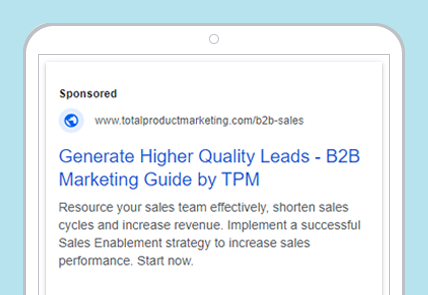
Google Display
- More valuable for brand awareness and demand generation as it tends to yield higher quantity, but colder leads
- Dependent on offering content that is educational or otherwise valuable to prospects

LinkedIn/Social Media Ads
- Can generate warm leads based on highly defined audience targeting (job title, industry, company size, interests, demographics)
- Often leads to higher conversion rates because of the increased control over who sees ads, and higher trust of platform-native lead generation forms
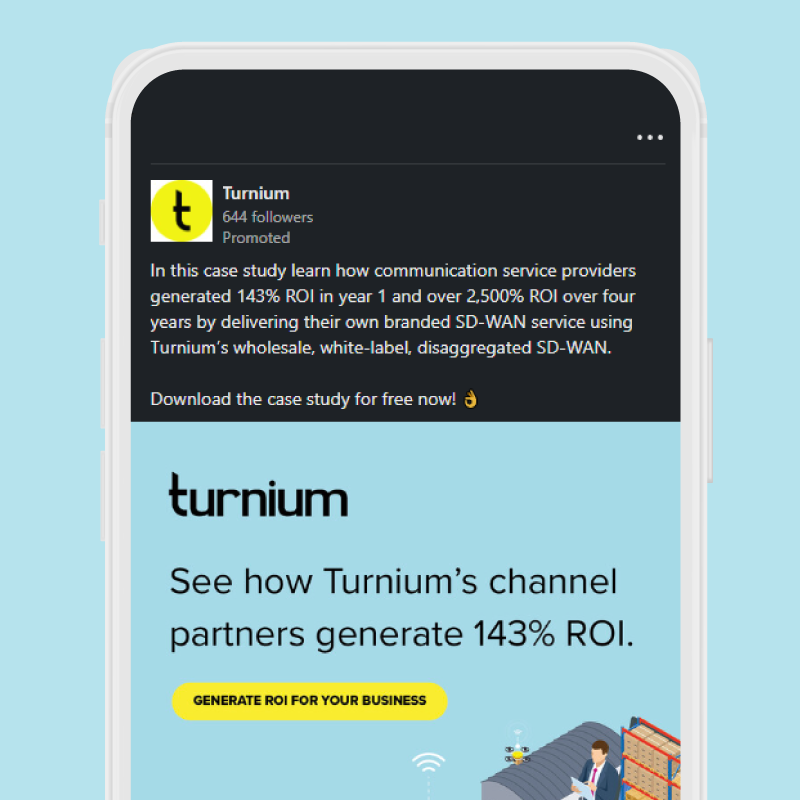
Other Ways to Increase Brand Awareness
Sharing content your target audience finds relevant can help build your reputation as a trusted source of information, regardless of platform. Combine organic, paid, and partner promotions to get as many eyes as possible on what you have to say.
- Social media posts
- Press releases
- Guest blogs on relevant sites
- Paid third-party promotion
Converting Visitors to Leads
If the tactics you used in the Attract stage are successful, your audience has found you. Now you need to keep them engaged, using a blend of organic and paid content to keep feeding them relevant information as they continue the B2B buyer journey.
Website Content
Make sure your site provides a wide range of content that makes it easier for visitors to understand your offering and find what they’re looking for. Different types of content will fit in different places on your digital customer journey map. (And for crying out loud, make your content fun and entertaining to read. Your buyers will appreciate it.)
Top of Funnel (TOFU)
- Blog posts
- Use cases
- Thought leadership articles
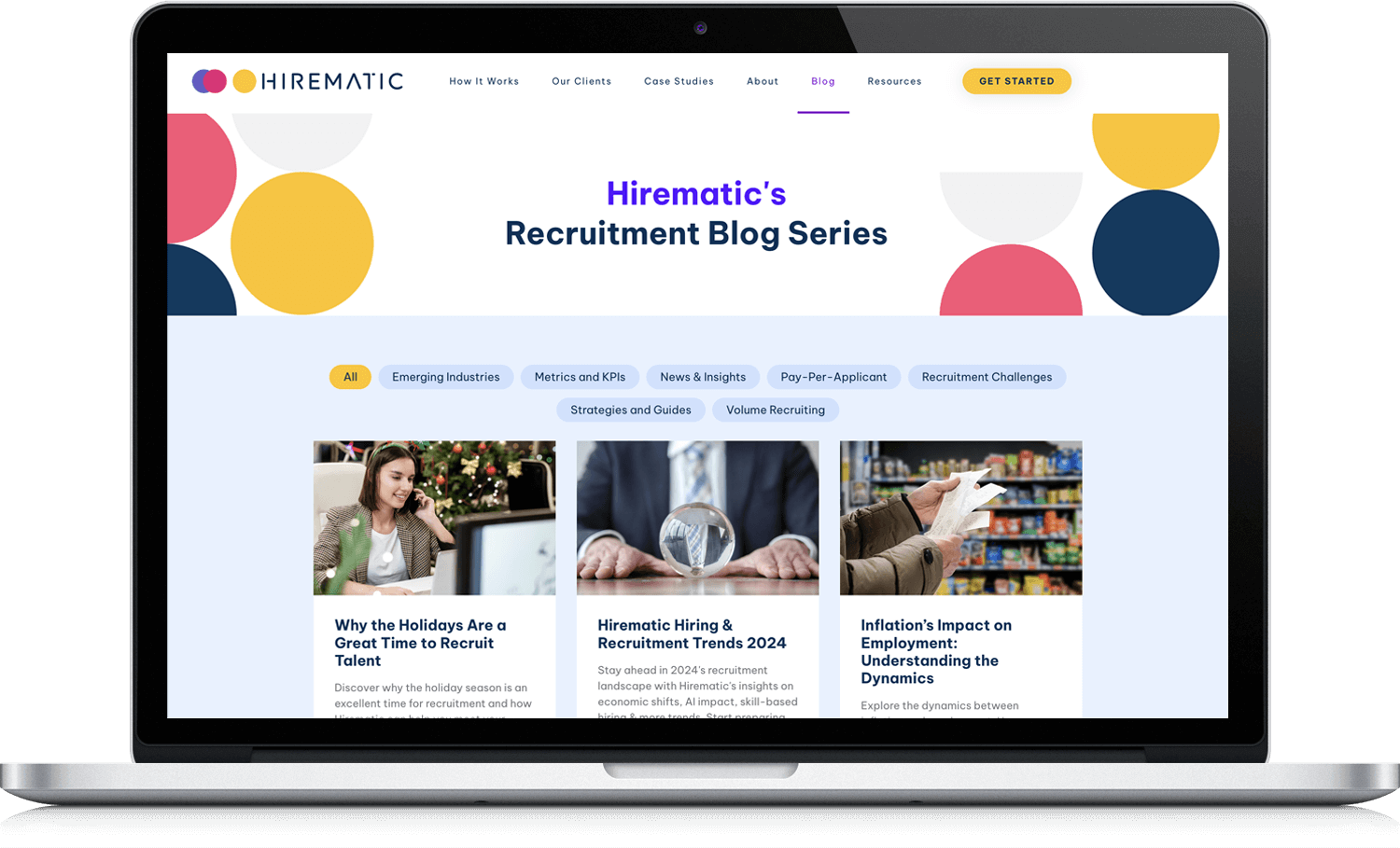
Middle of Funnel (MOFU)
- Webinars
- Blog posts
- “How to” ebooks
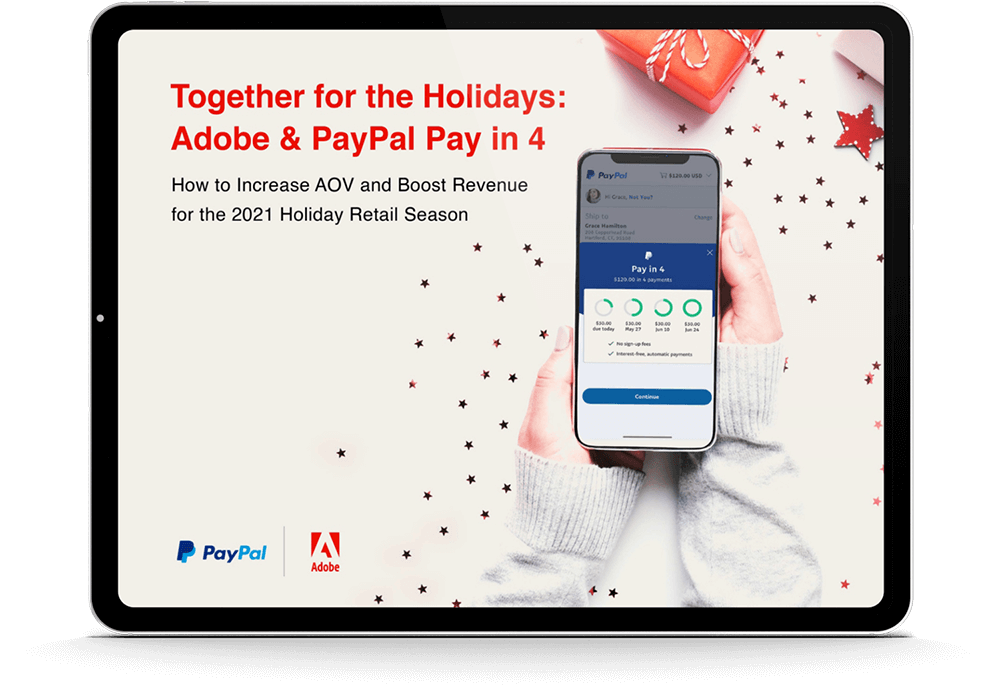
Bottom of Funnel (BOFU)
- Case studies
- Solution guides
- ROI calculators
Keyword-Optimized Landing Pages
Prospects aren’t looking for your home page. Social media posts and paid ads should direct visitors to campaign-specific landing pages that deliver exactly what readers expect.
Native Lead Gen Forms
One of the main goals of digital customer journey mapping is to get closer to potential customers. Forms that visitors complete to download gated content, register for upcoming events, or subscribe to email lists should autofill with their profile information whenever possible. This reduces friction for site visitors and increases your chances of getting more information about them.
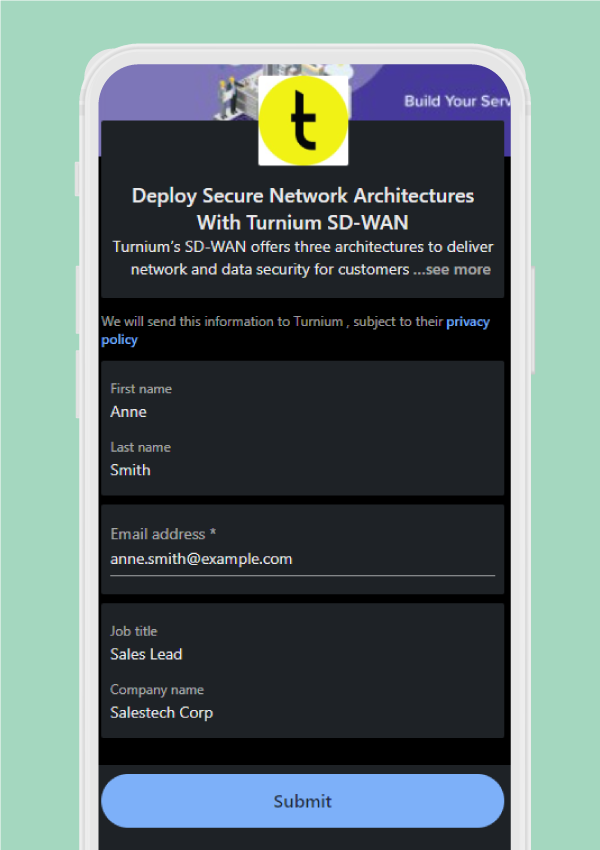
Hubspot Marketing Automation and Nurturing
Automate time-consuming processes like scoring leads to maintain a consistent customer experience journey across channels.
Marketing Qualified Leads (MQL)
Leads who’ve engaged with your company and have the potential to become customers if correctly nurtured.
Sales Qualified Leads (SQL)
Prospective customers ready to talk to a member of your sales team will have expressed an obvious interest in your product or service and have been vetted by your marketing department.

Download the full version of the digital marketing map
We’ve built a marketing map to help inform and guide the development of your digital customer journey. Use it to follow along as we work through the various steps, or click on any box in the roadmap below to jump to that section.
Closing Deals with Prospects
Your digital customer journey mapping is paying off — you’ve attracted the attention of the people or companies you want to do business with, and they’re engaging with your organization. But not everyone who’s engaged is ready to commit to a purchase yet.
MQLs, or leads who have shown interest but aren’t ready to convert, must be nurtured with emails or targeted ads to keep them moving through the funnel, while SQLs can go directly to sales.
Marketing team checklist for closing deals
- Provide sales with details on SQL activity to ensure a consistent customer experience
- Ensure sales-ready leads are a good fit for your organization
- Support sales with sale enablement content that matches leads’ needs
Remarketing Ads
Now is the time to step up your efforts to stay top of mind with prospects. Keep up the flow of informative, engaging content to people who have visited your site or consumed some of your content.
- Pixel-based remarketing uses a discreet bit of code to ensure people who’ve visited your website or landing pages see your paid ads as they visit other sites across the web
- List-based remarketing uses the contact information visitors have already provided to identify prospects and show them your ads
- Social media-based remarketing can help you re-engage people who have visited your social pages or viewed your videos
Email Nurturing
Email marketing is still one of the most powerful tools marketers have in the B2B buying process. Visitors who provide you with their email addresses are effectively inviting you to keep feeding them content. Make sure to segment your lists so prospects only receive messages directly relevant to their persona and stage of the digital customer journey.
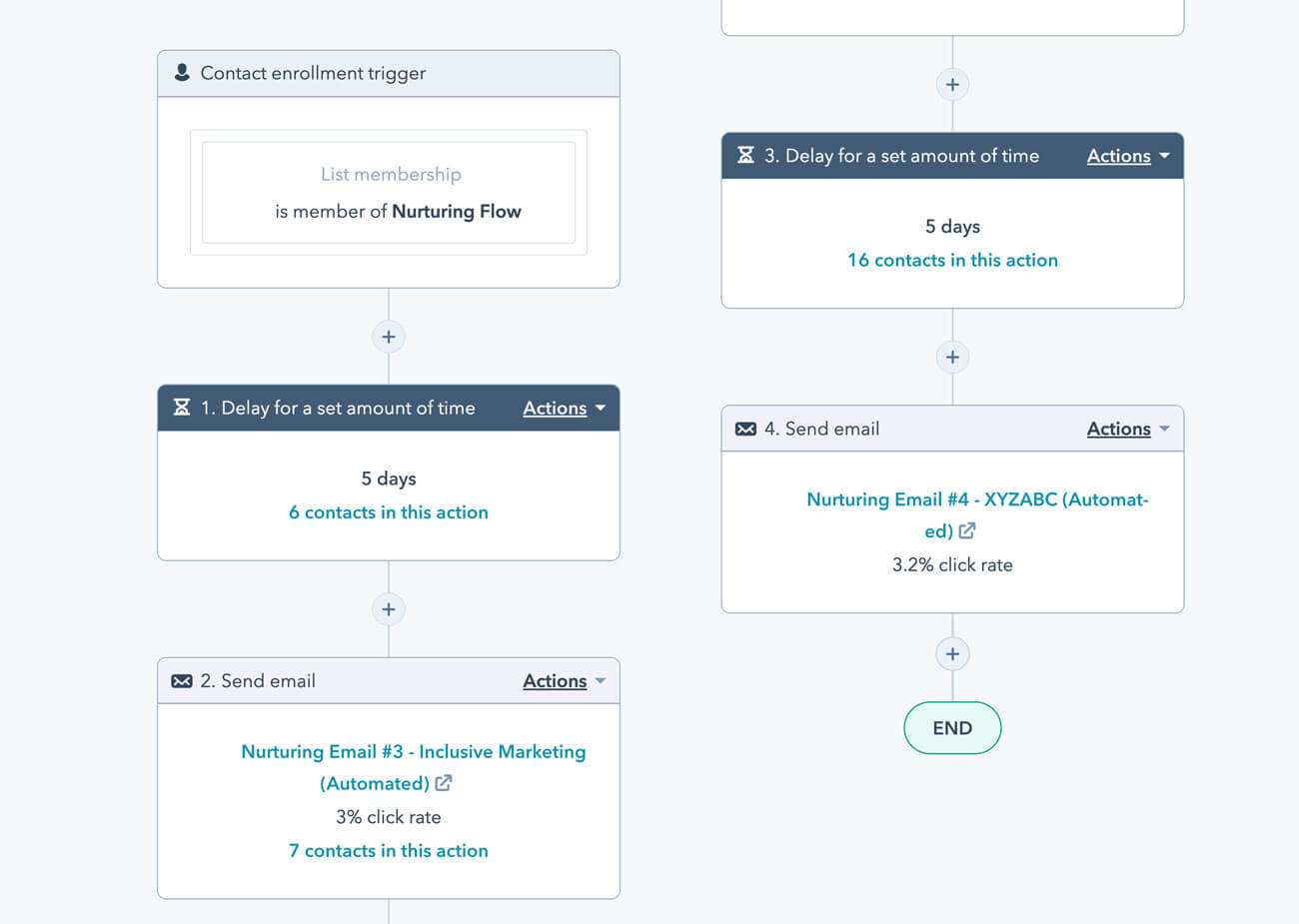
Sales Enablement
Sometimes your marketing team’s digital customer experience strategy extends beyond marketing into sales enablement. Because more and more customers are doing their own online research before they’re ready to talk to sales, organizations must be prepared to adapt to this new buyer journey and find new ways to engage prospects, address their concerns and objections, and ultimately, close.
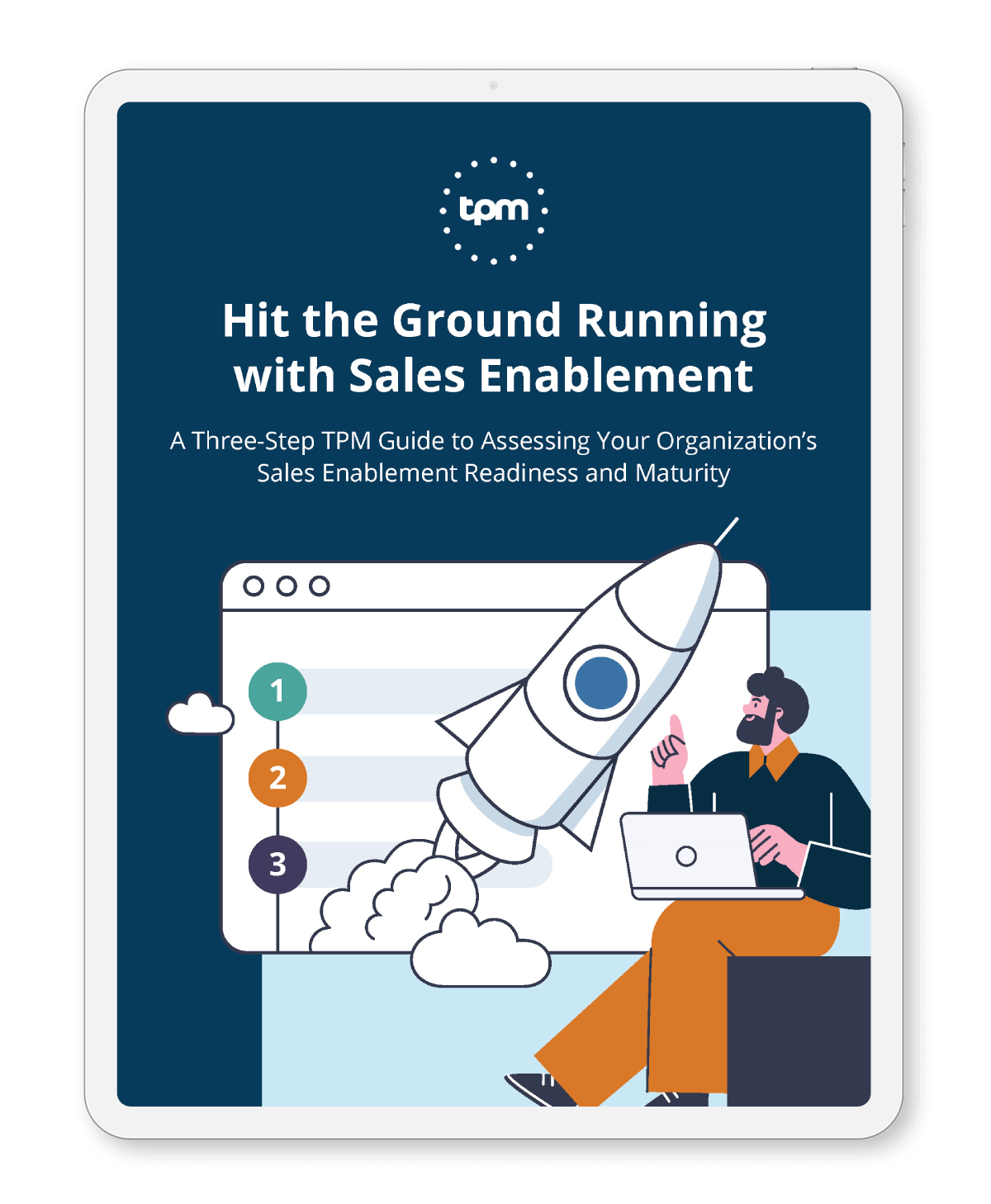
A sales enablement strategy is, without a doubt, one of the most important documents your organization can have. Luckily, we have the only guide you’ll ever need for B2B sales enablement.
Delighting Your Customers
Don’t neglect customers once they close — this is a great chance to develop a long-term relationship. New clients are often the loudest and most enthusiastic promoters of your business.
Your customer service and retention teams should continue to use buyer data to build on the effective digital customer journey map you’ve established, using customers’ preferred communication methods.
Digital Customer Journey Mapping with TPM
Developments in AI and other marketing tools will continue to add to the number of lead-generation tools available. It’s great — until you have to choose which one to use. Creating a detailed digital customer journey map as you develop your marketing strategy can help you identify assets (and content gaps) to ensure you deliver a consistent experience across all the channels that support your marketing goals. Download your free copy of TPM’s Digital Marketing Map to help guide your journey.
If you’re struggling to figure out where AI marketing tools fit in your strategy, we can help with that, too! We are continually evaluating and experimenting with new and evolving AI tools to find new marketing efficiencies. Let our AI Tech Stack super-charge your next campaign (at a lower cost than most marketing packages), or let our experts help you identify which tools are right for you. Contact us today!


